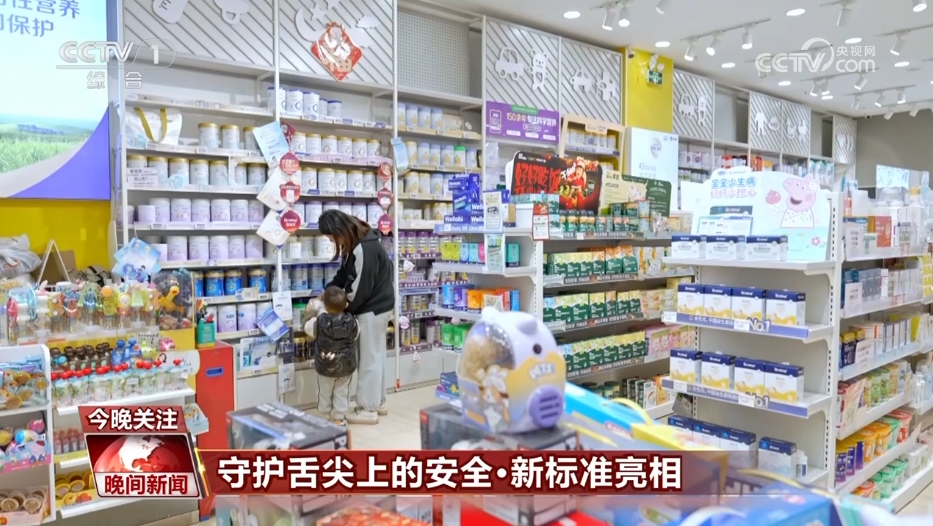"Small cultural and creative industries" reflect the "big popularity" of cultural tourism. On March 25, 2025, the cumulative sales of the National Museum of China's Cultural and Creative Phoenix Crown refrigerator stickers exceeded 1 million pieces, driving the sales of the entire series of Fengguan IP products to exceed 100 million yuan, setting a record for the sales of single products and series of cultural and creative products of the National Expo in the past 20 years.

■Bring cultural and creative home Young people are the main consumer force of "hot cultural and creative products"
On the same day, the Guobo Cultural and Creative Team presented the "commemorative phoenix crown refrigerator sticker" and commemorative certificate to the buyer of the 1 millionth phoenix crown refrigerator sticker - Li Yafei, a "post-95" audience from Dongying, Shandong.
Li Yafei said that it is really lucky to be the buyer of the 1 millionth piece of Phoenix Crown refrigerator sticker. This is her first time visiting the National Expo, but she has already learned about the "Internet celebrity" cultural and creative style of Fengguan Refrigerator posted on the Internet. When she came to Beijing for her honeymoon, she specially regarded the museum as an important tourist check-in place and was "very excited" to receive such a "wedding gift" of special significance.

On March 25, a tourist from Shandong (front left) became the buyer of the 1 millionth piece of Phoenix Crown refrigerator sticker. (Photo by Xinhua News Agency reporter Jin Liangkuai)
Many tourists, like Li Yafei, have become very curious about the cultural relics themselves because of cultural and creative products. From "seeing cultural and creative products while visiting museums", they have gradually become "visiting museums to buy their favorite cultural and creative products." The cultural and creative store has truly become the "last exhibition hall of the museum".
Liao Fei, general manager of Guobo (Beijing) Cultural Industry Development Co., Ltd., introduced that the total revenue of Guobo's cultural and creative industry in 2024 increased by more than 90% compared with the same period last year. Young people are the main consumer force, and there are also many young consumers.

On March 25, the audience lined up to buy Fengguan refrigerator stickers at the National Museum of China in Beijing. (Photo by Xinhua News Agency reporter Jin Liangkuai)
■ "Cultural and Creative Hot" reflects the charm of China's culture and promotes industrial development.
The popularity of Fengguan refrigerator stickers is not accidental, but behind it is the depth of cultural heritage. The prototype of this cultural and creative product, Empress Ming Xiaoduan, Nine Dragons and Nine Phoenix Crown, is the first batch of national treasure-level cultural relics prohibited from being exhibited abroad. According to the Wanli period of the Ming Dynasty, it is inlaid with more than 100 red and sapphires and more than 4,000 pearls, which fully demonstrates the aesthetic style of the royal family in the Ming Dynasty. The profound historical value and unique artistic charm carried by cultural relics continue to attract a large number of viewers to queule and take photos with cultural relics. The Guobo Cultural and Creative Team keenly captured this cultural hot spot and cleverly transformed cultural relics elements into cultural and creative products close to public life, accurately meeting the public's consumption needs for historical and cultural.

On March 25, the audience watched the Nine Dragons and Nine Phoenix Crown at the National Museum of China in Beijing. (Photo by Xinhua News Agency reporter Jin Liangkuai)
According to reports, the "breaking circle" of Fengguan refrigerator stickers not only drives the coordinated development of upstream and downstream industries such as design, production, and marketing, forming a complete cultural and creative industry chain that can cover multiple links, but also creates employment opportunities for more than 1,000 people, achieving a double harvest of social and economic benefits.
Among the 19 new professions announced by the Ministry of Human Resources and Social Security in 2024, cultural and creative product planning and operationalists are among them. Data shows that there are currently more than one million cultural and creative practitioners. The scale of the cultural and creative market is showing a growing trend, and the demand for related talents continues to increase.
■ "Let cultural relics come alive" and the combination of exhibition and innovation continues to innovate
As of now, around the Fengguan IP, the Guobo cultural and creative team has developed and designed more than 20 cultural and creative products such as notebooks, plush toys, horse-faced skirts, ice creams, music boxes, etc., further expanding the influence of cultural relics.

The full series of cultural and creative products of Fengguan IP (photo provided by the National Museum of China)
The National Museum also created a "Art Gallery" cultural and creative theme window in the West Hall, and used 6 high-quality cultural and creative imitations of the collection with auspiciousness to cooperate with the exquisite cultural and creative related to cultural relics to "display in the same frame" for viewers to check in and so on.

On March 25, the audience checked in in front of the cultural and creative theme window of the "Art Gallery" in the West Hall of the National Museum to souvenir.
Liao Fei said that "the combination of exhibition and creation" has become a trend, and special exhibitions such as "The diversity of beauty - the art and life of ancient Greece" simultaneously launched a number of cultural and creative products at the beginning of its development, which were popular with the audience. The team will also expand and develop "star cultural relics" around, and design and develop more creative products full of creativity, technological flavor and participation.
It is reported that on the upcoming "May 18 International Museum Day", the National Museum will launch the "Ancient Chinese Readers" and a series of innovative works of ancient Chinese literature, striving to innovate forms to "make cultural relics alive" and further narrow the distance between the museum and the audience.



